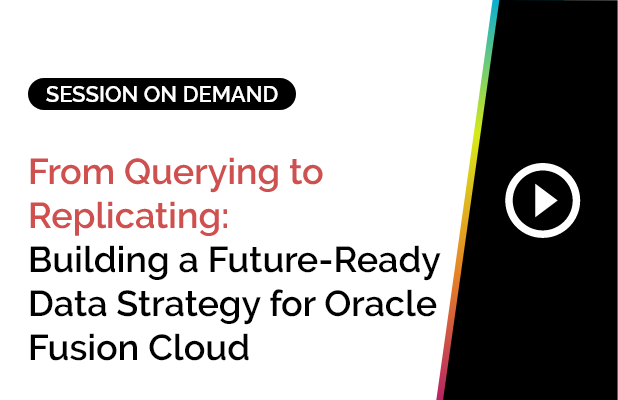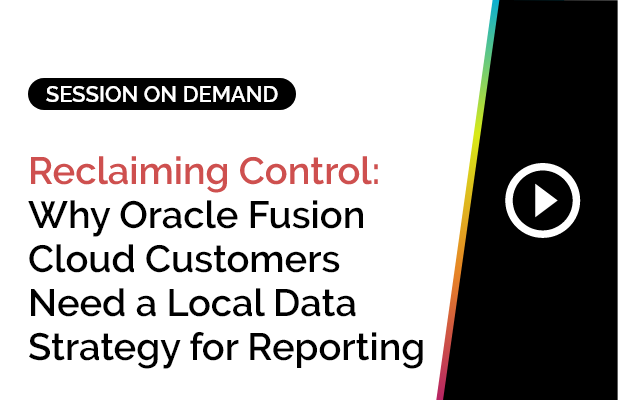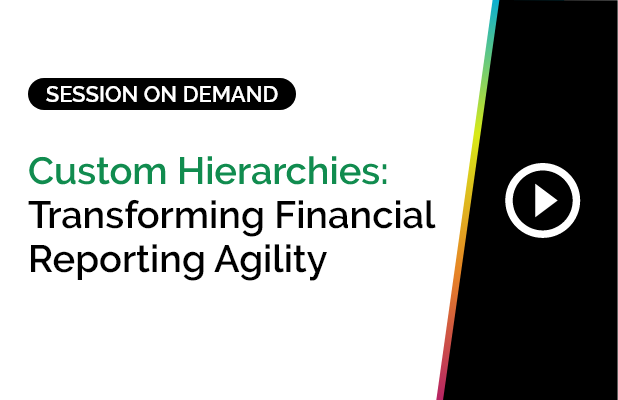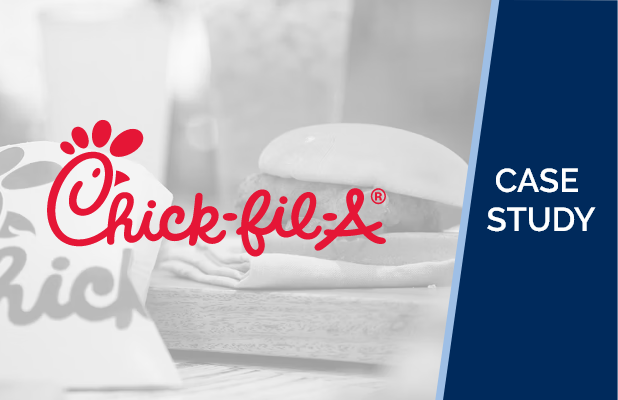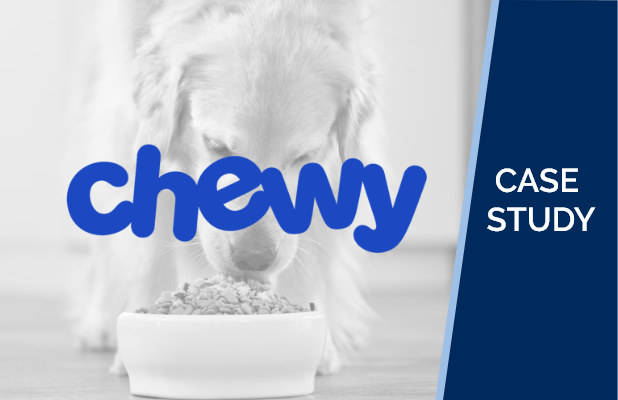If you’re still relying on FSG, OTBI, or manual Excel workarounds to run your Oracle financial reports—you’re working harder than you need to.
As finance teams take on more strategic roles and face tighter period close timelines, outdated reporting tools are slowing everything down. They’re difficult to maintain, inflexible to adapt, and too dependent on IT.
Let’s break down the core reporting pain points and why cube-based reporting with GL Connect is helping modern finance teams move forward—faster, smarter, and more in control.
The Problem with Traditional Oracle Reporting Tools
Oracle’s native tools—like FSG, OTBI, and Web ADI—weren’t built for today’s fast-paced finance environments. They often require technical skills, don’t refresh in real time, and offer limited ability to pivot, drill, or customize reports on the fly.
Here are common challenges teams face every month:
- Manual trial balance extractions from Oracle EBS
- Time-consuming cash flow statements that require hours of Excel wrangling
- Rigid templates and static reports that can’t accommodate last-minute questions
- Slow refresh rates, especially with large data sets
- Heavy reliance on IT for creating or modifying reports
- System performance issues due to excessive direct ERP queries
- Difficulty reconciling data during EBS-to-Cloud transitions
In many organizations, these issues translate into 40+ hours per month lost to building reports, validating data, and chasing errors—time better spent on analysis and strategy.
Why GL Connect is Different: Cube-Based Reporting Built for Oracle
GL Connect reimagines Oracle reporting with a cube-first approach—empowering finance teams to access real-time and near-real-time data directly in Excel without compromising system performance.
What Are Cubes?
Cubes are pre-aggregated, multidimensional data structures that organize financial information across key dimensions like time, ledger, entity, and account. Unlike traditional reporting tools that pull raw data from base tables every time a query is run, cubes fetch data once and allow users to slice and dice it instantly.
What This Means in Practice
Here’s how cube-based reporting transforms your workflow:
Faster Access to Data
Cubes are built on pre-calculated balances, meaning you get instant data refreshes—no waiting for overnight jobs or batch processes.
Near Real-Time and Real-Time Reporting
- For Oracle EBS, GL Connect offers real-time access to data directly from the GL tables.
- For Oracle Cloud, the solution provides near real-time updates via GL Connect data mart—ensuring up-to-date insights with minimal lag.
Smarter Performance
Because cubes reduce the number of direct queries run against ERP systems, your Oracle environments stay responsive—even during high-volume reporting cycles.
One-Click Drilldowns
Use hierarchy-based navigation to drill from summary balances to the fourth level of detail—all the way to hyperlinked invoices. One click takes you to the source transaction in Oracle Cloud, saving time and improving auditability.
Period Close, Simplified
During week 1 of month-end close, finance teams can rely on cube-based reporting to deliver fast, accurate snapshots of financial performance—without bottlenecks or broken formulas.
Easier Reconciliations
Cubes make it easy to reconcile across ledgers and modules, with module-level drill-throughs and pre-structured hierarchy balancing (e.g., child-to-parent value rollups).
Use Case: Time-Saving, Error-Reducing Reporting
Let’s say your team needs to produce a multi-period, multi-ledger cash flow report.
With traditional tools, that means:
- Exporting multiple reports
- Manually stitching together results in Excel
- Verifying totals with IT or database teams
- Reconciling discrepancies across months
With GL Connect’s cube-based reporting:
- The report structure is created once
- Data is refreshed on the fly
- Users can drill into any number for context
- IT isn’t required at every turn
The result? Hours saved, fewer errors, and happier teams.
Cube-Based vs. Traditional Excel-Based Reporting
| Feature | GL Connect (Cube-Based) | Legacy Excel Tools |
|---|---|---|
| Data Speed | Instant, scalable | Slower, data-dependent |
| Report Flexibility | High | Low |
| IT Dependency | Minimal | High |
| System Load Impact | Low (pre-aggregated cubes) | High (real-time queries) |
| Historical Data Access | Seamless | Manual or disconnected |
| Drill-Down Capabilities | Up to 4 levels, clickable | Limited |
| Reconciliation Workflow | Streamlined, module-aware | Manual, fragmented |
It’s Time to Rethink Oracle Financial Reporting
Legacy tools are familiar—but they’re not built for the agility and efficiency modern finance teams need. With growing demands for transparency, speed, and control, it’s time to let go of outdated processes.
GL Connect’s Cube Technology delivers:
- Faster period close cycles
- Lightweight system performance
- Self-service reporting and analysis
- Confidence in reconciliations and audit readiness
Whether you’re on EBS, Cloud, or a hybrid setup, GL Connect gives you the same consistent, powerful experience—with none of the usual pain points.
Ready to See the Difference?
If your team is spending too much time creating reports—and not enough time using them—it’s time for a smarter approach.
Explore how GL Connect helps finance teams modernize Oracle reporting workflows with speed, confidence, and control.
FAQs
What makes traditional Oracle reporting tools a bottleneck?
They demand manual trial balance exports, hours of Excel wrangling, static templates, slow refreshes, heavy IT involvement, and can grind period‑end closes to a halt.
How do cubes differ from legacy reporting methods?
Cubes are pre‑aggregated, multidimensional data structures that fetch once and let you slice‑and‑dice instantly—no more raw table queries every time you run a report.
What is GL Connect’s cube‑based approach?
GL Connect pre‑builds cubes on key dimensions (time, ledger, entity, account) so you get real‑time or near‑real‑time data directly in Excel without taxing your Oracle systems.
Can I use GL Connect with both Oracle EBS and Oracle Cloud?
Yes. For EBS, it offers real‑time GL table access; for Cloud, it leverages a GL Connect data mart for near‑real‑time updates—same cube experience either way.
How does cube reporting cut IT dependency?
Once cubes are set up, finance users refresh data and drill into details themselves—no IT tickets needed for tweaks or new reports.
What drill‑down capabilities do cubes provide?
One click takes you from summary balances down four levels to the source transaction or invoice, complete with hyperlinks in Oracle Cloud for seamless audit trails.
How much time can I save with cube‑based reporting?
Typical teams reclaim 40+ hours per month by eliminating manual exports, stitching spreadsheets, and chasing data errors—time best spent on strategy, not spreadsheets.

Prashanth Marri
Solutions Architect, SplashBI


